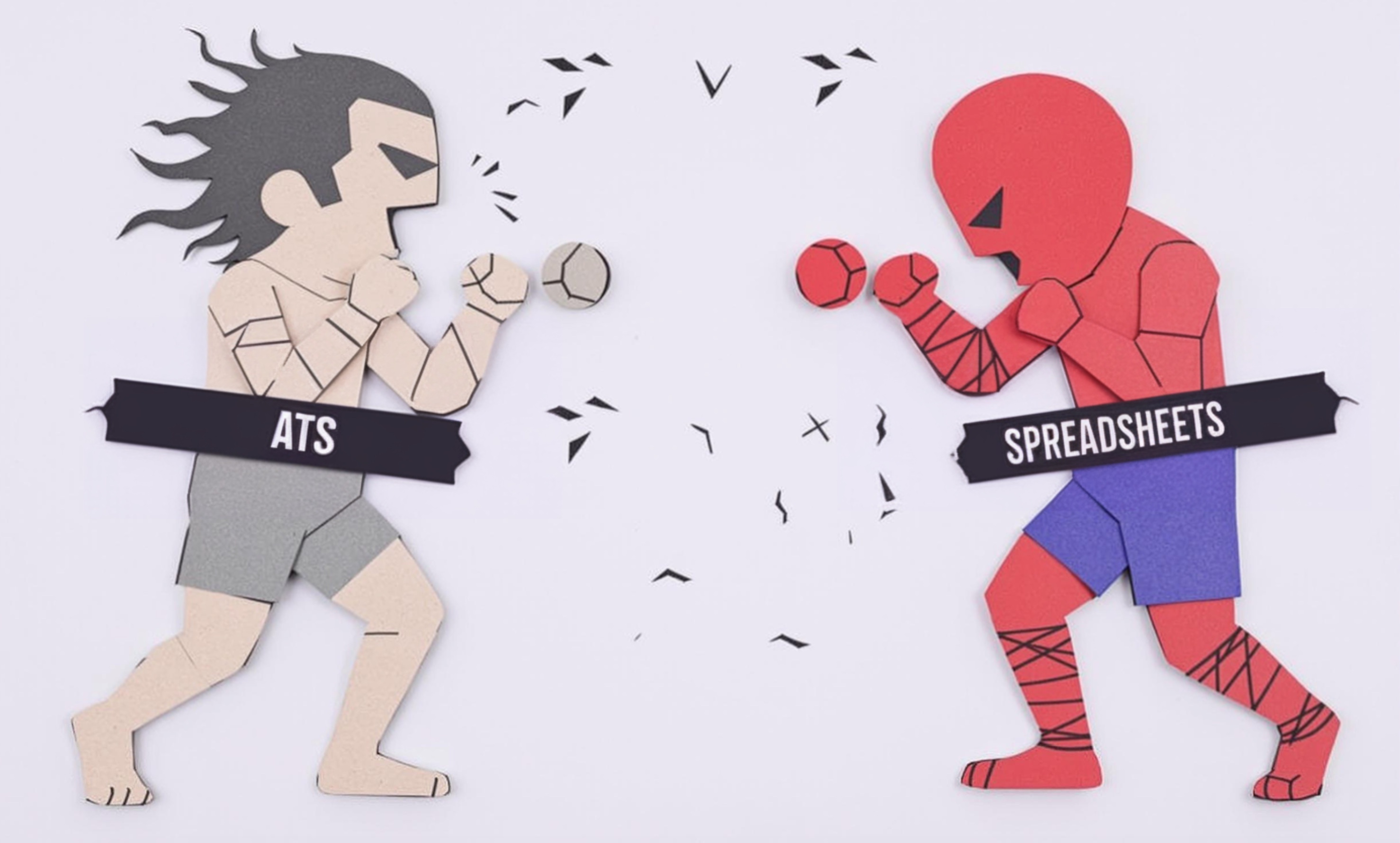
Sags
Sags are quality issues in painting where the paint drips, droops, or runs down a surface instead of staying uniform. This is a common term used in both residential and commercial painting. When painters mention experience with preventing or fixing sags, it shows they understand proper paint application techniques and quality control. Similar terms include "runs" or "drips." Understanding how to prevent and fix sags is an important skill that demonstrates a painter's expertise in achieving smooth, professional finishes.
Examples in Resumes
Trained junior painters in proper application techniques to prevent Sags and runs
Developed quality control procedures to identify and correct Sags before project completion
Successfully managed large-scale commercial projects with zero Sags or defects
Typical job title: "Painters"
Also try searching for:
Where to Find Painters
Professional Organizations
Online Resources
Job Boards
Example Interview Questions
Senior Level Questions
Q: How do you train your team to prevent sags when working on large commercial projects?
Expected Answer: A senior painter should discuss training methods, proper paint thickness, application techniques, and how environmental conditions affect paint application. They should also mention quality control processes and team supervision strategies.
Q: What systems have you put in place to ensure quality control and prevent painting defects like sags?
Expected Answer: Should explain inspection procedures, lighting techniques for spotting defects, documentation methods, and how they organize teams to maintain quality standards across large projects.
Mid Level Questions
Q: How do you identify and fix sags in different types of paint?
Expected Answer: Should be able to explain how to spot sags during and after application, different correction methods for various paint types, and prevention techniques.
Q: What factors contribute to paint sags and how do you prevent them?
Expected Answer: Should discuss paint thickness, temperature, humidity, surface preparation, and application techniques that help prevent sags from occurring.
Junior Level Questions
Q: What is a sag and why does it happen?
Expected Answer: Should be able to explain that a sag is when paint runs or drips down a surface, and understand basic causes like too much paint or improper application technique.
Q: What do you do if you notice a sag while painting?
Expected Answer: Should know basic correction techniques like brushing out the sag while wet or waiting for it to dry and sanding if necessary.
Experience Level Indicators
Junior (0-2 years)
- Basic paint application techniques
- Recognition of common paint defects
- Surface preparation
- Basic tool handling
Mid (2-5 years)
- Advanced application methods
- Defect prevention and correction
- Different paint type expertise
- Quality control procedures
Senior (5+ years)
- Team training and supervision
- Project quality management
- Advanced troubleshooting
- Complex project coordination
Red Flags to Watch For
- Unable to explain basic paint application techniques
- No knowledge of proper tool maintenance
- Lack of understanding about surface preparation
- No experience with quality control measures
Related Terms
Need more hiring wisdom? Check these out...

Workforce Solutions Aggregators: The Next Big Thing You Didn't Know You Needed

The $100M Mistake: Hidden Costs of Rushed Leadership Hires (Data Study)

Bad Hires Got You Down? 9 Unexpected Tactics to Turn Your Hiring Disasters Into Wins

